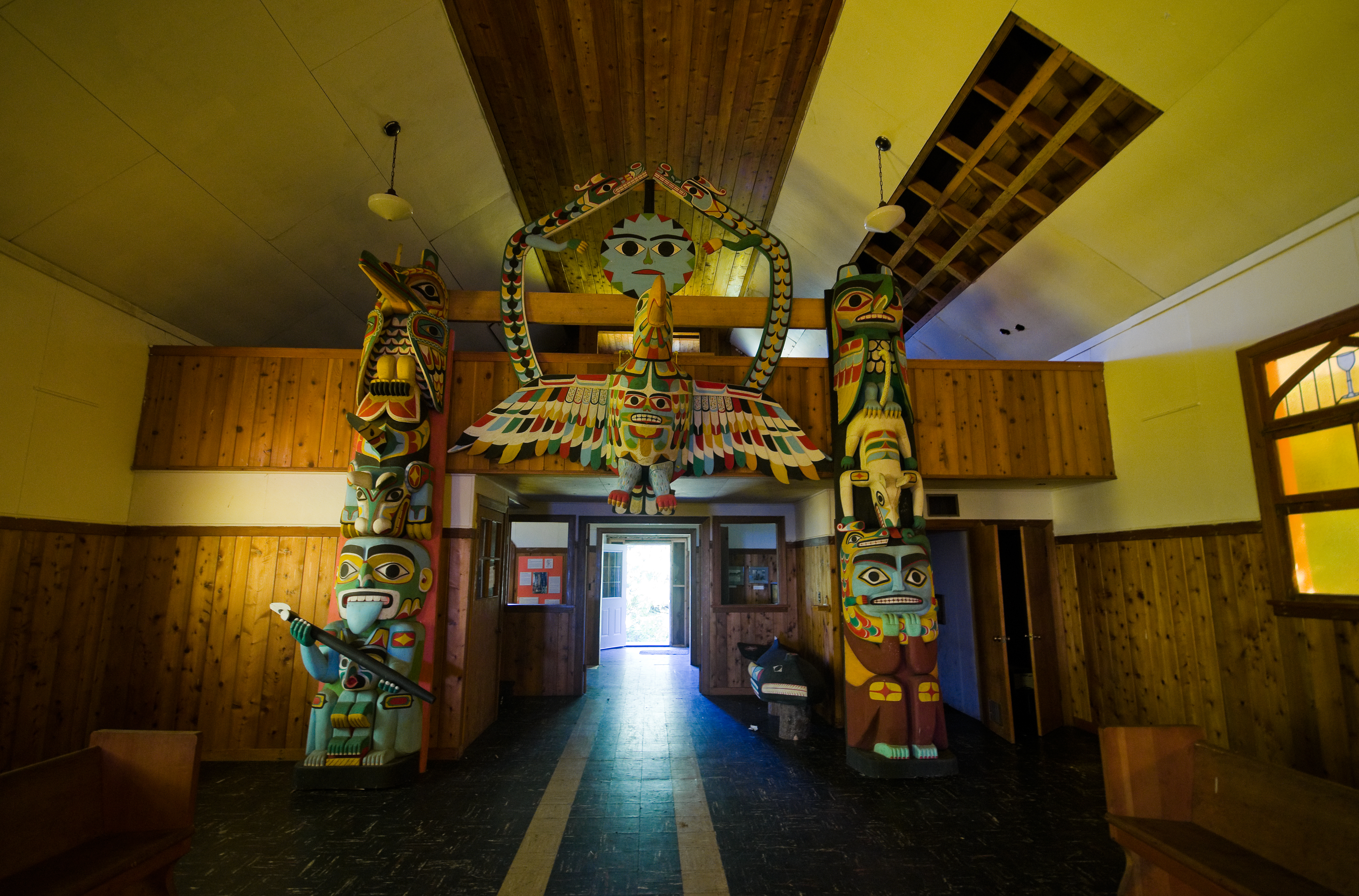
Historical Context
In the late 1800s and early 1900s, Indigenous cultures were believed to be dying out. Museum collections, which include thousands of everyday artifacts, ceremonial and sacred objects, ancestral skeletal remains and funerary objects, were intended to allow future generations of anthropologists and students to study traditional Indigenous cultures.
Indigenous Response
Indigenous people have argued that they are alienated from the materials of their culture and heritage that are housed in the Canadian Museum of History and various provincial museums such as the Royal Ontario Museum, Glenbow Museum and the University of British Columbia Museum of Anthropology. Many groups are requesting that these items be returned to their people.
Though no Canadian legislation exists to implement repatriation, museums currently consider requests on a case-by-case basis. In 2019, Liberal MP Bill Casey put forward a private member’s bill to develop a national strategy for the repatriation of Indigenous artifacts and remains. Despite receiving unanimous support, the proposed bill did not pass because of the calling of an election. Legality of ownership and communal ceremonial significance, as well as the physical condition or state of preservation of the objects, are taken into consideration. Sometimes museums deem repatriation not practical, as when communities lack facilities or trained personnel in the management, care or use of materials. Museums may act as caretakers of collections on behalf of their traditional owners. However, many see the repatriation of cultural property as a necessary step toward reconciliation and decolonization.
DID YOU KNOW?
In the 1820s, a Scottish explorer took the skulls of Beothuk elders Demasduwit and Nonosbawsut, as well as what were likely related burial items, and brought them to Edinburgh, Scotland, where they were eventually housed at the National Museum of Scotland. Indigenous peoples, notably the Mi’kmaq, in association with the Canadian government and the Newfoundland and Labrador government, have made attempts to repatriate the remains. In January 2019, National Museums Scotland reached an agreement with the federal government to arrange for the transfer of the remains back to Canada.
Successful Claims
Some items have been returned to Indigenous nations. In 1978, the Canadian Museum of Civilization (now the Canadian Museum of History) returned confiscated potlatch items to the Alert Bay and Cape Mudge peoples. The museum also returned the Starlight medicine bundle to the Tsuut’ina (Sarcee) people of Alberta in 1989, and the Six Nations Confederacy’s wampum belts (the Circlet of the League, the Mohawk Chief's wampum and a Seneca wampum called The Three Sisters) in 1991. A decade later, the museum adopted a written policy on repatriation (see Museum Policy). Several other museums across the country also have, or are developing, repatriation guidelines or policies.
The topic of artifact repatriation is now commonly addressed in Canadian land claims. These agreements usually outline government responsibilities for helping First Nations to repatriate artifacts to their areas. The Nisga’a agreement (1999) was the first to include major provisions for repatriation. The Nisga’a have negotiated the repatriation of 200 artifacts from the Canadian Museum of Civilization and the Royal British Columbia Museum. The Labrador Inuit Land Claims Agreement (2005) also provides for the repatriation of nearly 80 artifacts from the Canadian Museum of Civilization. Several First Nations are establishing their own facilities for the safekeeping and exhibition of repatriated objects.
In March 2017, the Canadian government agreed to return many of Louis Riel’s personal items to the Métis National Council, including his crucifix, poetry and clothing.
In February 2023, the Nuxalk Nation was successful in repatriating a totem pole. The totem pole was taken over a century prior to its repatriation and was housed at the Royal British Columbia Museum in Victoria, British Columbia. On 13 February 2023, the totem pole was removed from the museum to begin its trip back to the Nuxalk Nation.
Additionally, in February 2023, the Millbrook Cultural and Heritage Centre announced they would be repatriating a set of Mi’kmaq regalia. The regalia includes multiple items that are currently housed in Museums Victoria in Melbourne, Australia. The regalia is expected to be repatriated in March 2023.

 Share on Facebook
Share on Facebook Share on X
Share on X Share by Email
Share by Email Share on Google Classroom
Share on Google Classroom